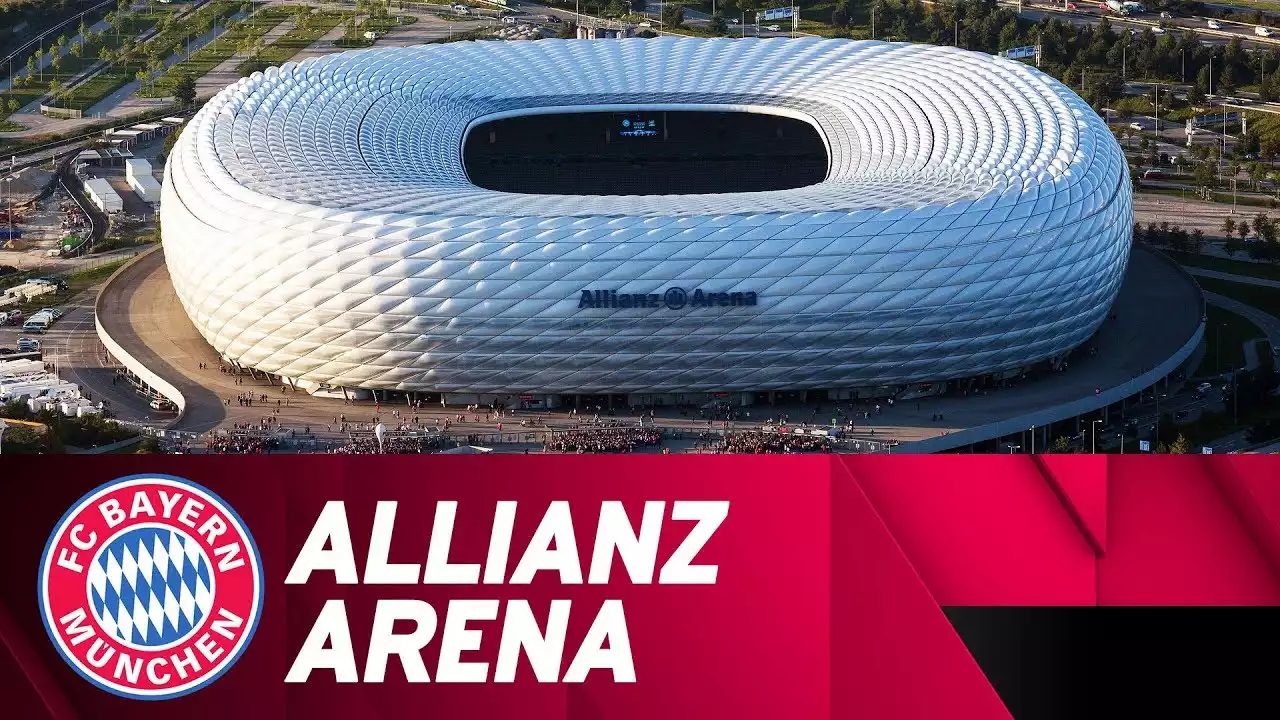Factors to consider when selecting a stadium location
Selecting the right location for a stadium involves considering several factors, and climate plays a crucial role in this decision-making process. One of the primary considerations is the average temperature and weather conditions throughout the year. In warmer climates, it is essential to have proper ventilation and cooling systems in place to ensure that players can perform at their best and spectators can enjoy the game without discomfort. On the other hand, in colder climates, considerations such as snow removal and efficient heating systems become imperative.
Another factor to consider is the impact of climate on the type of sports that can be played in a particular location. Certain sports, like ice hockey, are better suited for colder climates, while others, like soccer, thrive in milder conditions. The climate of a region can also influence the frequency and severity of weather-related disruptions to sporting events, such as rain delays or lightning storms. These factors must be taken into account when selecting a stadium location to ensure the smooth operation of games and events.
The impact of climate on stadium design
Climate plays a significant role in determining the design of a stadium. In warmer climates, stadiums need to be designed to provide adequate shade and protection from the sun. This may involve incorporating features such as retractable roofs, shaded seating areas, and natural ventilation systems. Additionally, the materials used in the construction of the stadium should be able to withstand high temperatures and humidity.
In colder climates, stadiums need to be designed to provide protection from the elements. This may involve features such as enclosed seating areas, heated floors, and efficient heating systems. Snow removal and ice management systems are also essential to ensure that games can proceed as scheduled. The design of the stadium should take into account the unique challenges posed by the climate of the region to ensure the comfort and safety of players and spectators alike.
Case studies: Successful stadium designs in different climates
Several stadiums around the world have successfully adapted to the challenges posed by different climates. One example is the Estadio Azteca in Mexico City, which is situated at a high altitude and experiences a mild and temperate climate. The stadium's design takes advantage of the region's pleasant weather, with open-air seating and natural ventilation systems. The stadium's location also offers stunning views of the surrounding mountains, enhancing the overall spectator experience.
In contrast, the Allianz Arena in Munich, Germany, showcases a successful design for a stadium in a colder climate. The stadium features a unique exterior made up of inflated ETFE cushions that can change color, allowing it to be illuminated in different hues. The translucent material also allows for natural light to enter the stadium, creating a vibrant and visually appealing atmosphere. The stadium's heating system ensures that players and spectators are kept warm even during the coldest winter months.
Challenges of hosting outdoor events in extreme climates
Hosting outdoor events in extreme climates presents several challenges that need to be addressed. In hot and humid climates, the risk of heat-related illnesses for players and spectators is a significant concern. Proper hydration stations, shaded areas, and cooling systems must be in place to ensure the safety and well-being of everyone involved. Additionally, extreme weather events such as hurricanes or tornadoes can pose a threat to the stadium's infrastructure and the safety of those attending the event. Adequate emergency plans and evacuation procedures must be established to mitigate these risks.
In colder climates, snow and ice can create hazards for players and spectators. Snow removal becomes a priority, and efficient systems must be in place to clear the playing field and seating areas. Heating systems need to be maintained to ensure the comfort of spectators and prevent injuries caused by cold temperatures. It is crucial for stadium operators to have contingency plans in place to address extreme weather conditions and adapt to any unforeseen circumstances.
Strategies for mitigating the effects of climate on stadium operations
To mitigate the effects of climate on stadium operations, several strategies can be employed. Regular maintenance and monitoring of heating, ventilation, and cooling systems are essential to ensure their proper functioning. Weather monitoring systems can provide real-time data on temperature, humidity, and wind conditions, allowing stadium managers to make informed decisions regarding game delays or cancellations. Additionally, the use of shade structures, misting systems, and fans can help create a more comfortable environment for both players and spectators in hot climates.
In colder climates, snow removal plans and ice management systems are crucial. Clearing snow from the playing field and seating areas promptly is essential to ensure the safety of players and spectators. Efficient heating systems and insulation can help maintain a comfortable temperature inside the stadium. Stadium operators should also have emergency plans in place to address severe weather conditions and ensure the safety and well-being of all those present.
The role of technology in climate-controlled stadiums
Technology plays a vital role in creating climate-controlled stadiums that can adapt to different weather conditions. Advanced HVAC systems can regulate temperature and humidity levels, ensuring optimal conditions for players and spectators. Smart sensors and monitoring systems can provide real-time data on weather conditions, allowing stadium managers to make informed decisions regarding game delays or cancellations. Additionally, the use of renewable energy sources and energy-efficient technologies can help reduce the environmental impact of climate-controlled stadiums.
Furthermore, digital signage and LED lighting systems can enhance the fan experience by providing real-time information, such as scores, player statistics, and replays. These technologies can also be used to create immersive experiences through dynamic lighting effects and interactive displays. With the rapid advancements in technology, the possibilities for creating climate-controlled stadiums that offer a seamless and engaging experience for fans are endless.
Sustainable stadium design and climate change considerations
In the face of climate change, sustainable stadium design is becoming increasingly important. Stadiums can contribute significantly to carbon emissions through energy consumption, transportation, and waste generation. Therefore, incorporating sustainable practices into stadium design and operations is crucial for minimizing their environmental impact.
Green building practices, such as the use of renewable energy sources, energy-efficient systems, and recycled materials, can help reduce the carbon footprint of stadiums. Implementing water conservation measures, such as rainwater harvesting and efficient irrigation systems, can also contribute to sustainability efforts. Additionally, promoting public transportation and providing bicycle parking facilities can help reduce the reliance on private cars, further reducing the stadium's environmental impact.
Stadiums have the potential to become symbols of sustainability and climate resilience. By integrating sustainable design principles and adopting environmentally friendly practices, stadiums can inspire change and contribute to the global effort to combat climate change.
Future trends in stadium selection and climate adaptation
As climate change continues to impact our planet, the future of stadium selection and climate adaptation will be shaped by several trends. One trend is the increased focus on climate data analysis and predictive modeling. By analyzing historical climate data and using predictive models, stadium developers and operators can make more informed decisions regarding location, design, and operations. This data-driven approach can help identify areas that are more resilient to climate change and minimize the risks associated with extreme weather events.
Another trend is the integration of nature-based solutions in stadium design. Incorporating green spaces, such as rooftop gardens and vertical forests, can help mitigate the urban heat island effect and improve air quality. Natural ventilation systems and passive cooling techniques can also reduce the reliance on energy-intensive HVAC systems. By embracing nature-based solutions, stadiums can become more sustainable and resilient in the face of climate change.









